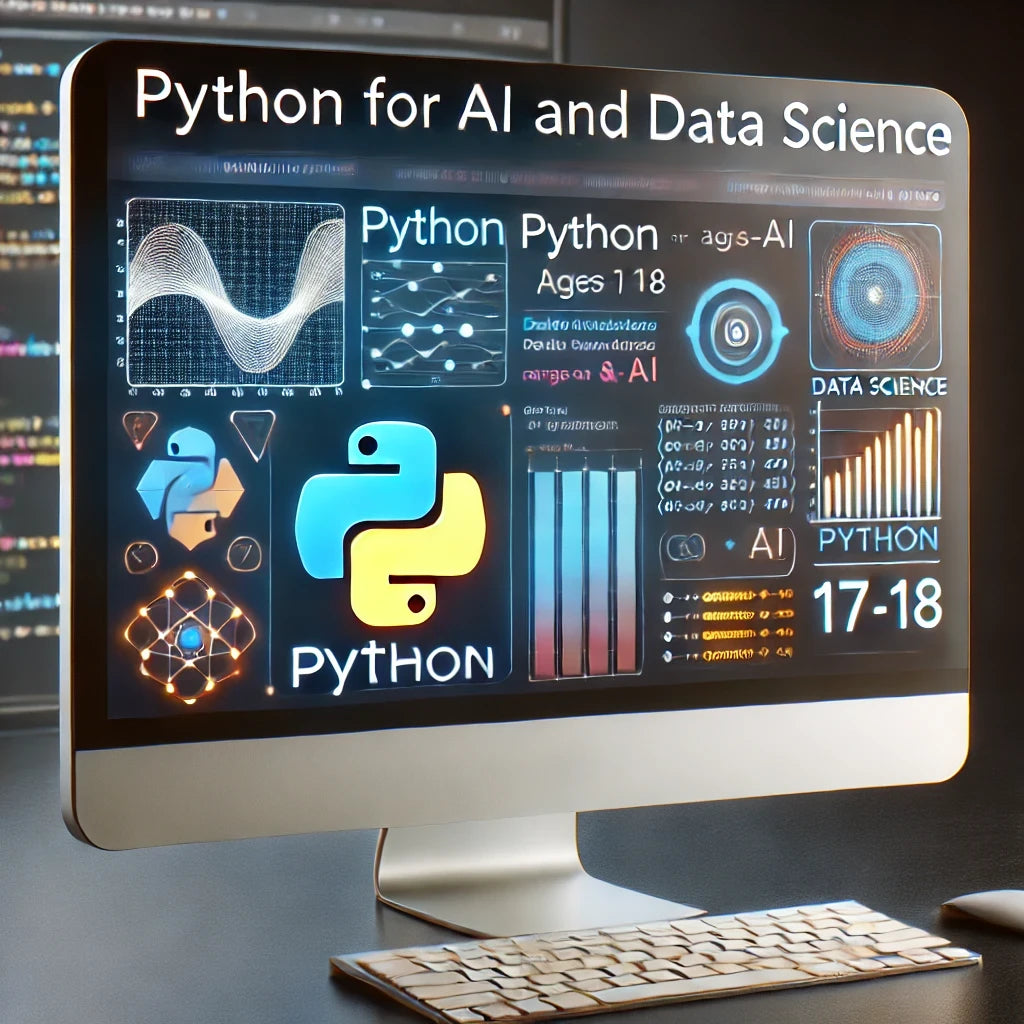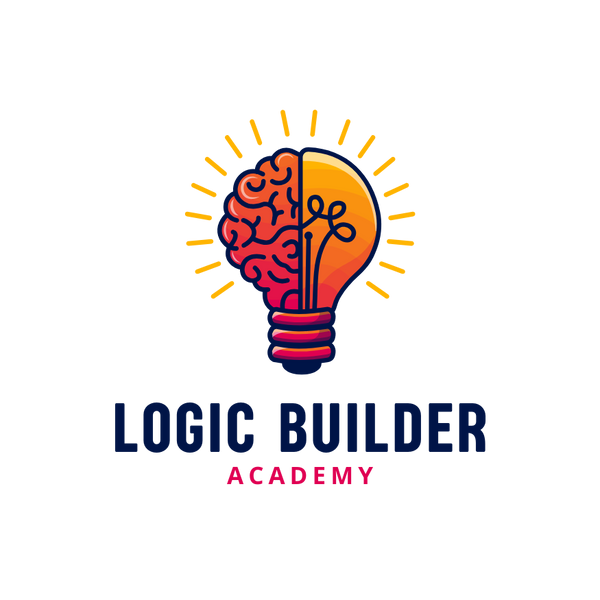Python for AI and Data Science
Python for AI and Data Science
This course unlocks the full potential of Python in AI and data science. Learn how to manipulate data, create machine learning models, and visualize insights through powerful tools like pandas, numpy, and matplotlib. By the end of the course, students will be ready to build their own AI projects or pursue data science careers!"
Couldn't load pickup availability

Course Outline
Month 1: Advanced Python Programming and Data Manipulation
Week 1: Deep Dive into Python Functions and Modules
- Advanced function concepts: decorators, closures, and higher-order functions
- Creating and using custom modules
- Activity: Build a custom Python module with reusable functions for data manipulation.
Week 2: Error Handling and Debugging
- Exception handling with try/except/else/finally
- Debugging techniques and using logging
- Mini Project: Create a file-processing script that handles various file types and includes robust error handling.
Week 3: Working with Data Structures and Algorithms
- Advanced data structures: stacks, queues, and heaps
- Implementing common algorithms (e.g., sorting, searching)
- Activity: Write a program that implements different sorting algorithms and compares their performance.
Week 4: Introduction to Data Manipulation with pandas
- Loading, cleaning, and transforming data with pandas
- Basic data analysis and exploration techniques
- Milestone Project: Develop a data-cleaning script that processes a messy dataset, removes duplicates, and formats data for analysis.
Month 2: Data Science Foundations and Visualization
Week 5: Data Analysis with pandas and numpy
- Data wrangling and manipulation using pandas
- Using numpy for numerical operations and array handling
- Activity: Analyze a real-world dataset to identify trends and generate insights.
Week 6: Data Visualization with matplotlib and seaborn
- Creating and customizing visualizations (bar charts, line graphs, histograms)
- Using seaborn for advanced visualizations
- Mini Project: Build a data visualization dashboard that displays insights from a chosen dataset.
Week 7: Introduction to Exploratory Data Analysis (EDA)
- Identifying and handling missing data, outliers, and anomalies
- Summary statistics and visualization techniques for EDA
- Activity: Perform EDA on a public dataset (e.g., COVID-19 data) to identify key patterns.
Week 8: Milestone Project
- Project: Conduct a full exploratory data analysis (EDA) on a dataset of choice, presenting findings through a series of visualizations and insights.
Month 3: Introduction to Machine Learning and AI
Week 9: Basics of Machine Learning with scikit-learn
- Overview of machine learning concepts: supervised and unsupervised learning
- Training and evaluating simple models (e.g., linear regression)
- Activity: Build a linear regression model to predict a numerical outcome, like housing prices or sales.
Week 10: Classification Models and Evaluation Metrics
- Building classification models (e.g., decision trees, k-nearest neighbors)
- Model evaluation with metrics like accuracy, precision, recall, and F1-score
- Mini Project: Develop a classification model to predict an outcome (e.g., classify email as spam or not spam) and evaluate its performance.
Week 11: Introduction to Neural Networks and Deep Learning
- Basics of neural networks and deep learning concepts
- Building simple neural networks using TensorFlow or Keras
- Activity: Create a neural network model to classify images from a small dataset (e.g., digit recognition).
Week 12: Final Project and Presentation
- Final Project: Develop a complete machine learning project, such as a predictive model that analyzes text, images, or numerical data.
- Presentation Day: Students present their machine learning projects, explaining the model selection, training process, and key insights.

